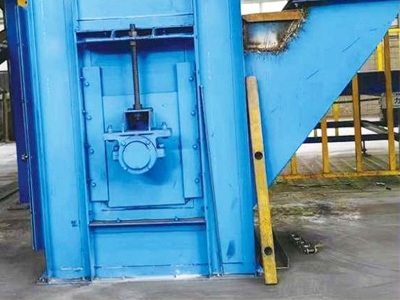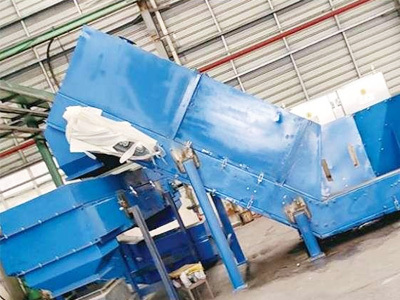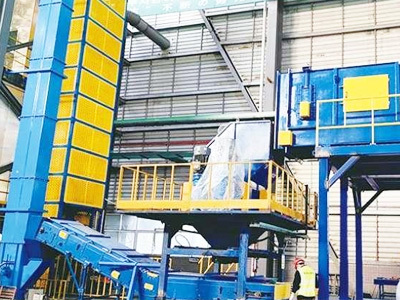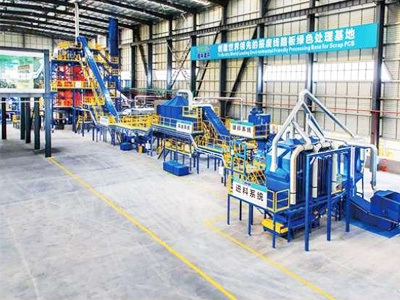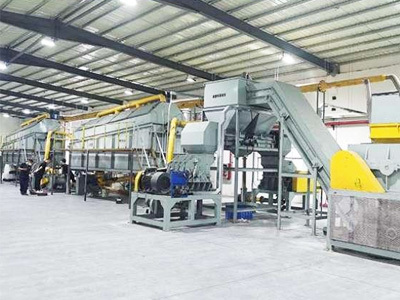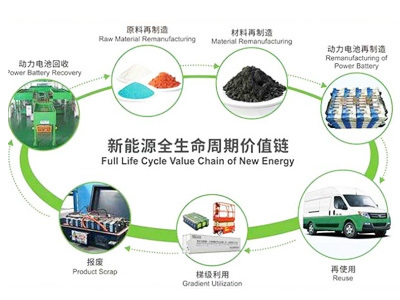-
Language
Solution
Lithium battery recycling line
Lithium battery recycling line
Lithium battery recycling line
Lithium battery recycling line
Lithium battery recycling line
Lithium battery recycling line
Service Hotline
Contact Person: Mr. Xia
Mobile:18155509808
Email:18155509808@163.com
Address: No. 2, Hongzhi Road, Qinglong Street, Tianning District, Changzhou City, Jiangsu Province

【 WeChat Customer Service 】
COOKIES
Our website uses cookies and similar technologies to personalize the advertising shown to you and to help you get the best experience on our website. For more information, see our Privacy & Cookie Policy
COOKIES
Our website uses cookies and similar technologies to personalize the advertising shown to you and to help you get the best experience on our website. For more information, see our Privacy & Cookie Policy
These cookies are necessary for basic functions such as payment. Standard cookies cannot be turned off and do not store any of your information.
These cookies collect information, such as how many people are using our site or which pages are popular, to help us improve the customer experience. Turning these cookies off will mean we can't collect information to improve your experience.
These cookies enable the website to provide enhanced functionality and personalization. They may be set by us or by third-party providers whose services we have added to our pages. If you do not allow these cookies, some or all of these services may not function properly.
These cookies help us understand what you are interested in so that we can show you relevant advertising on other websites. Turning these cookies off will mean we are unable to show you any personalized advertising.
Sorry,当前栏目暂无内容!
您可以查看其他栏目或返回 首页
Sorry,The current column has no content!
You can view other columns or return Home



